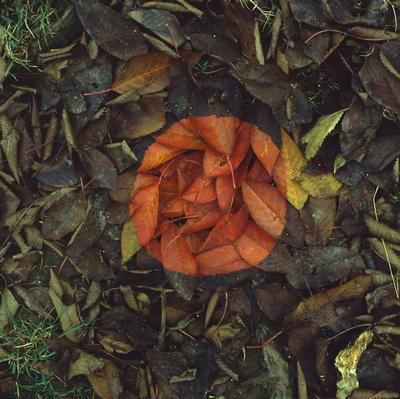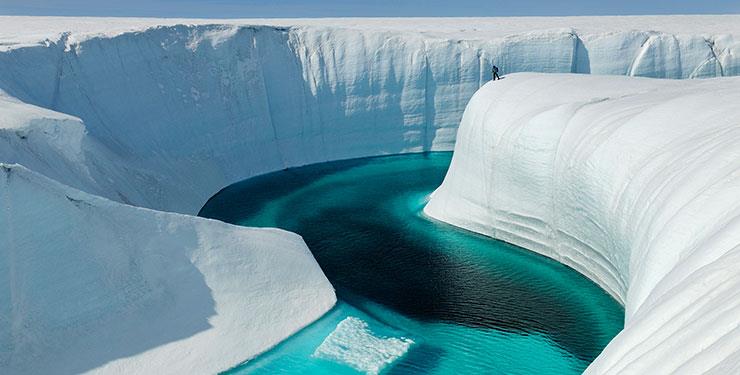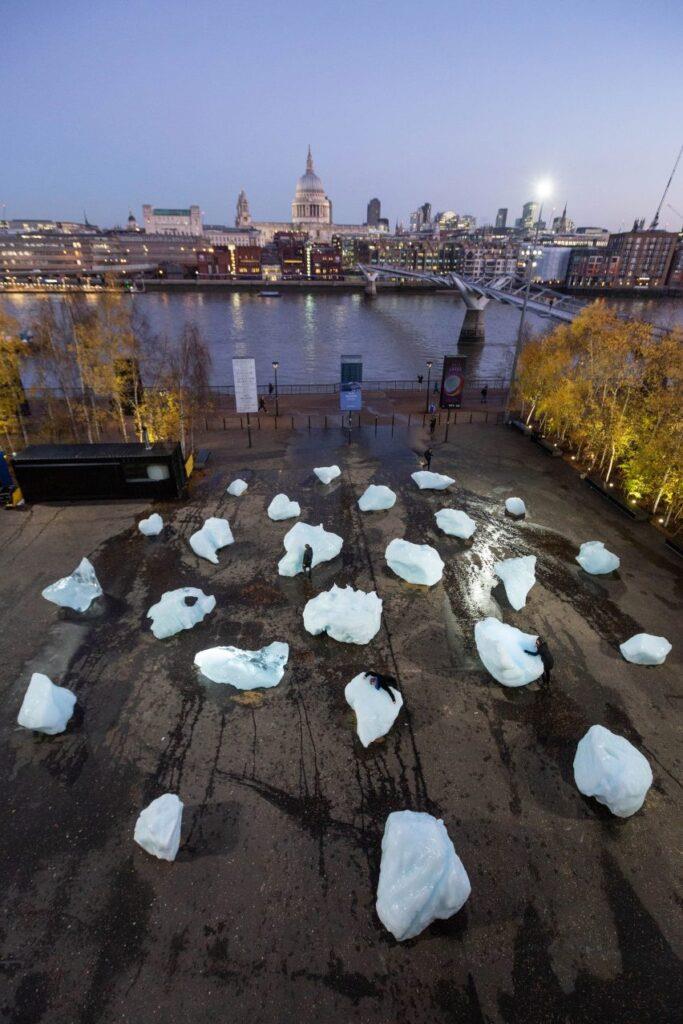(MENAFN- USA Art News)
Climate change is an urgent global crisis that demands collective action and awareness. As the world grapples with the consequences of environmental degradation, artists are increasingly using their creativity to raise awareness and inspire change. The intersection of art and environmental activism has given rise to a powerful movement known as eco-art. In this article, we will explore how artists are addressing climate change through their work, using their creativity to convey the urgency of environmental issues and motivate viewers to take action.
The Power of Eco-Art:
Eco-art, also known as environmental art or ecological art, is a genre that emerged in response to the growing ecological concerns of our time. Unlike traditional art forms, eco-art is not just about aesthetics; it serves as a medium for expressing environmental consciousness and fostering a deeper connection between humans and nature. Artists working in this genre use a variety of mediums, from sculpture and installations to photography and performance art, to convey their messages about climate change.
Art as a Reflection of Nature's Vulnerability:

© Andy Goldsworthy
Many eco-artists use their work to reflect the vulnerability of nature in the face of climate change. Sculptures and installations made from natural materials serve as poignant reminders of the Earth's fragility. For example, the artist Andy Goldsworthy creates intricate and temporary installations using leaves, rocks, and other natural elements. These pieces draw attention to the transient beauty of nature and the impact of human activities on the environment.
Photography as a Witness to Change:

© James Balog | the
Extreme Ice Survey (EIS)
Photography has become a powerful tool for documenting the impacts of climate change. Photographers like James Balog, through projects like the Extreme Ice Survey, capture the dramatic retreat of glaciers over time. These striking images not only serve as evidence of environmental change but also evoke a visceral response from viewers. Photography, as a form of eco-art, bridges the gap between scientific data and human emotion, making the abstract concept of climate change tangible and relatable.
Installation Art as Environmental Activism:

©
Olafur Eliasson | Ice Watch
Eco-artists often engage with the community through large-scale installations that invite viewers to participate actively in the conversation about climate change. The immersive nature of installation art allows people to experience environmental issues firsthand. One notable example is Olafur Eliasson's“Ice Watch,” where massive blocks of ice from Greenland were transported to city centers, gradually melting to symbolize the urgency of melting ice caps and rising sea levels.
Performance Art for Environmental Advocacy:
Performance art offers a dynamic platform for artists to engage audiences and provoke thought. Many eco-artists use performances to convey the urgency of climate action and the consequences of inaction. The artist Marina Abramović, known for her powerful performances, created“Rising” in collaboration with writer and activist Naomi Klein. This durational performance took place during the United Nations Climate Change Conference, drawing attention to the rising sea levels and the need for global cooperation to combat climate change.
Eco-Art as a Catalyst for Change:
Beyond raising awareness, eco-art has the potential to be a catalyst for tangible change. Some artists actively collaborate with environmental organizations, policymakers, and communities to implement sustainable practices and advocate for policy changes. The artist and architect Maya Lin, famous for the Vietnam Veterans Memorial, has shifted her focus to environmental issues, using her influence to promote conservation efforts and sustainable design.
Climate change is a complex and urgent issue that requires a multifaceted approach to address. Eco-art offers a unique and powerful way to communicate the gravity of environmental challenges, fostering a sense of responsibility and encouraging collective action. As artists continue to explore new mediums and collaborate across disciplines, the potential for eco-art to drive positive change and inspire a more sustainable future becomes increasingly evident. Through their creativity and passion, these artists contribute to a global conversation that transcends borders and unites humanity in the shared goal of preserving our planet for future generations.
MENAFN20112023005694012507ID1107459745
Legal Disclaimer:
MENAFN provides the information “as is” without warranty of any kind. We do not accept any responsibility or liability for the accuracy, content, images, videos, licenses, completeness, legality, or reliability of the information contained in this article. If you have any complaints or copyright issues related to this article, kindly contact the provider above.